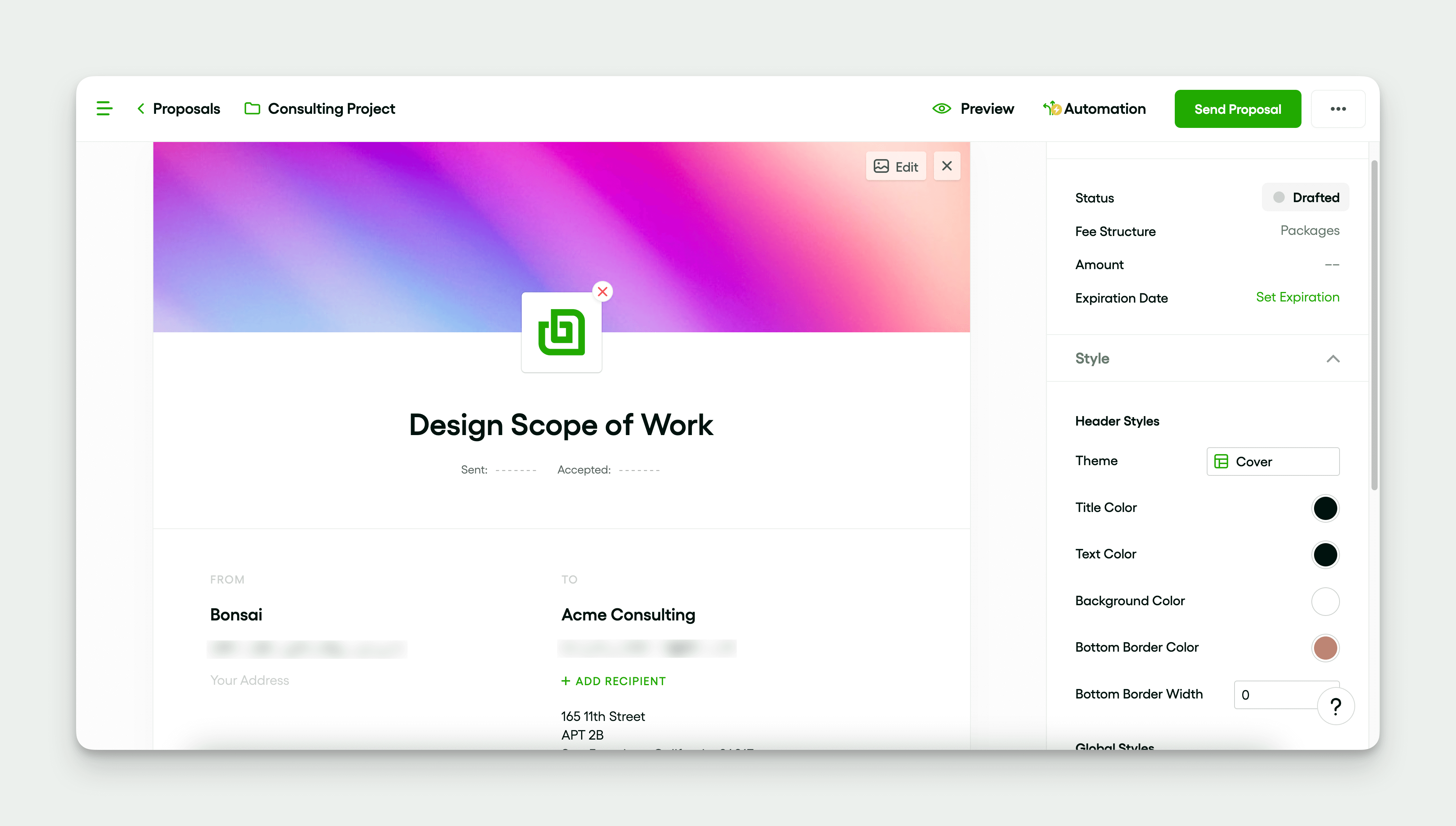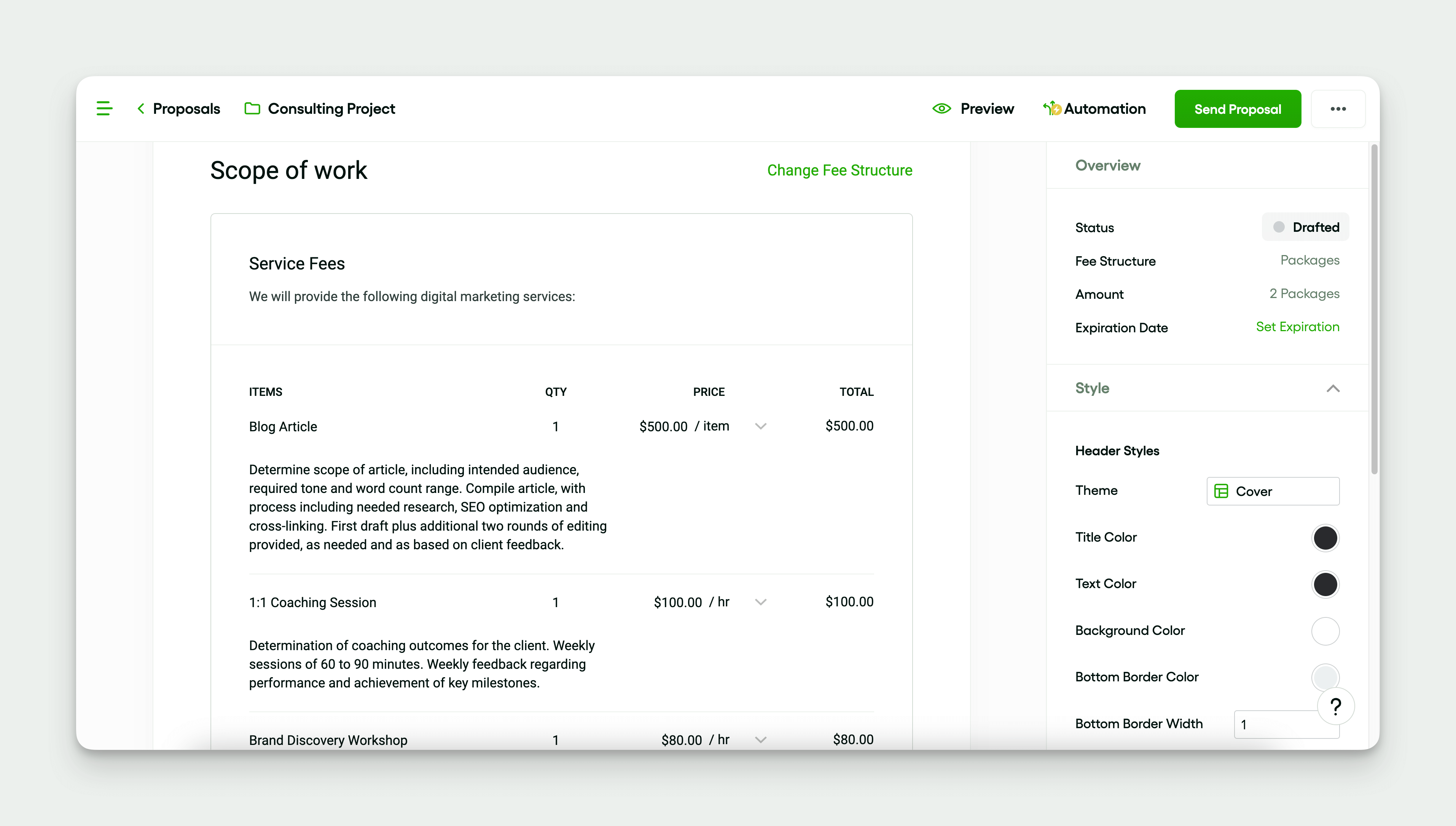Defining the project scope effectively anchors the success of any project. A detailed project scope statement outlines, specifying benchmarks, deliverables, and setting boundaries. This step is crucial for managing project scope and instrumental in preventing scope creep.
Key Steps in Scope Definition
Identifying project requirements, creating the work breakdown structure, and determining constraints and timeline are key steps in defining project scope. It’s essential to engage project stakeholders in this process to align expectations and promote success.
Efficient project planning starts with a thorough and accurate project scope definition. This paves the way for successful execution and achieving goals.
Understanding Project Scope
Defining specific project goals, deliverables, and requirements revolves around the concept of project scope. It’s a critical aspect of planning that delineates boundaries, captured often in a scope statement.
Managing project scope effectively controls scope creep, the tendency for projects to expand beyond original objectives. It also aids in defining a detailed blueprint of tasks and subtasks needed for completion.
Understanding scope contributes to identifying timeline, constraints, and stakeholders to meet objectives.
Project Scope Definition

Outlining goals, objectives, deliverables, constraints, timeline, and requirements sets out the project scope boundaries. Detailed in the scope statement, it’s a critical planning part and helps prevent scope creep.
Identifying stakeholders and creating a work breakdown structure could also be part of the project scope. Setting the scope ensures team members understand their roles and responsibilities, maintaining alignment and working towards the same outcomes.
Key Elements of Project Scope
Project Scope Management is the set of processes that define the project boundaries, steering it towards the set project objectives. An effective scope management prevents the scope creep, thus maintaining the defined project constraints, the drafted project timeline, and the specified project deliverables. Key constituents are:
- Project scope statement: It elaborates on the work breakdown structure, outlining specific project requirements.
- Project goals: They guide the overall project planning and direction.
- Project stakeholders: Their involvement and expectations shape the project's scope.
Here’s the revised content with the requested changes:
The Importance of Defining Project Scope
Project scope definition stands as a cornerstone of project planning. It’s through the project scope statement that we demarcate project boundaries, articulate goals, objectives, deliverables, and constraints—guiding the project to its timely completion.
Benefits of a Well-Defined Project Scope
A well-defined project scope brings a multitude of benefits. It anchors project scope management, delineating project requirements, objectives, and deliverables. This clarity forms the bedrock of the project scope statement, fortifying the project against the encroachment of scope creep and fostering realistic planning.
Consequences of Poorly Defined Project Scope
A project scope that lacks clarity can precipitate a cascade of adverse outcomes. ‘Scope creep’ looms as a primary hazard, with project targets ballooning beyond the original confines, complicating task management and goal attainment. This expansion can strain project constraints, stretching time and resources thin.
Effective Project Scope Management
Ultimately, the crux of project success lies in effective project scope management. It’s the bulwark against the perils of scope creep, ensuring that project planning remains grounded in reality and execution steers toward triumph.
Steps to Define Project Scope

Defining project scope starts with drafting a concise project scope statement detailing project objectives, deliverables and boundaries. It must contain project requirements, constraints and the project timeline to avoid scope creep. The scope statement paves the way for the creation of a work breakdown structure which details each task required to achieve the project goals.
Engaging project stakeholders is also a major element in successful project scope management and project planning due to their vested interest in the project.
Identifying Stakeholders and Their Requirements
In project planning, it's essential to identify the project stakeholders to understand their requirements precisely. This can influence the project scope statement, which outlines the project goals, objectives, deliverables, constraints, and timeline. Stakeholders play a crucial role in shaping these elements.
In the same vein, their needs and expectations help define project boundaries, deterring scope creep. However, maintaining these boundaries requires effective project scope management. This includes a clear work breakdown structure that outlines each stakeholder's involvement and responsibilities.
Thus, accurate scope management ensures all stakeholder requirements are met, keeping the project aligned with its initial objectives while also ensuring the deliverables are achieved within the projected timeline.
Defining the Project Objectives
The main purpose of the project is clearly defined in the project scope statement. Key emphasis is on project objectives such as project deliverables, project constraints like scope creep, and setting clear project boundaries. Additionally, the project timeline and project requirements are given prime importance. This aids in effective project scope management and keeps the project planning on track.
Work breakdown structure is used to maintain the project goals, keeping illicit activities at bay and ensuring the project stays within the initially decided boundaries. This is crucial to keep the project stakeholders satisfied and the project timeline maintained.
Determining the Project Deliverables
The project deliverables are outlined in the project scope statement, which describes the project objectives, project boundaries, and the work breakdown structure. This statement aids in project scope management, preventing scope creep by clearly defining what is in and out of scope. The deliverables, whether a product, a service, or an achievement of project goals, need to be quantifiable and measurable and are developed according to project requirements.
The deliverables are essential for project planning as they orient the tasks and define the project timeline. They serve as visible benchmarks for project stakeholders, providing tangible evidence that the project is progressing as planned.
It's crucial to understand that project deliverables are limited by project constraints such as schedule, budget, resources, risks, quality, etc. Therefore, managing them efficiently and effectively is key to successful project execution.
Identifying the Project Boundaries
The defining aspect of successful project management lies in the precise delineation of project boundaries. The project scope statement is integral to this, enabling concise clarification of project objectives, stakeholders' expectations, and project deliverables.
Furthermore, it empowers project scope management and safeguards against disruptive scope creep.
Additional elements vital to project boundaries include a clear project timeline, detailed project requirements, and a thorough work breakdown structure. Together, these components shape the project's success, helping to manage specific project constraints and maintain an organized approach towards project planning.
Creating the Project Scope Statement
The project scope statement provides a detailed explanation of project goals, project deliverables, and project boundaries. It's a vital part of project scope management, safeguarding against scope creep by defining the project requirements and the work breakdown structure.
This statement also addresses project constraints, such as the project timeline, aiding in successful project planning. It is valuable to project stakeholders, offering clear project objectives and direction.
Project Scope Management: Navigating Project Boundaries
Project Scope Management involves the rigorous process of defining and controlling project inclusions and exclusions. Let’s go into its key components:
1. Project Scope Statement
The project scope statement serves as our guiding light. It provides clarity on project boundaries, deliverables, and objectives. By preventing scope creep—where the project’s scope balloons beyond its original intent—the scope statement ensures a focused trajectory.
2. Crucial Aspects of Scope Management
- Project Planning: Here, we set project goals and outline requirements. The work breakdown structure (WBS) organizes tasks, and project constraints come into play.
- Engaging Stakeholders: Acknowledging project stakeholders is vital. Their input shapes expectations and creates a feedback loop.
Role of Project Scope Management in Agencies
Project scope is a critical part of project management that involves outlining the project's specific goals, deliverables, tasks, and deadlines. For more tips on managing projects effectively, please visit our guide on the Project Management Office. This will provide you with a comprehensive understanding of the strategic role and responsibilities of a project management office.
In agencies, Project Scope Management plays a pivotal role:
- Defining Boundaries: It establishes project boundaries, objectives, and deliverables.
- Scope Statement: A detailed scope statement articulates requirements, timeline, and WBS.
- Preventing Scope Creep: By curbing scope expansion, we maintain focus and realistic planning.
Tools for Effective Scope Management
Leverage project managements tools like Bonsai:
- Scope Statement Creation: These platforms enable detailed scope statements, outlining goals and deliverables.
- Project Planning: Define requirements, structure the WBS, and set a realistic timeline.
- Stakeholder Communication: Keep everyone informed for efficient scope management.
.webp)
Tips for Successful Project Scope Definition
For effective project scope management, it is crucial to have a well-defined project scope statement. This should clearly state the project deliverables, objectives, boundaries, and requirements, ensuring all project stakeholders have a mutual understanding.
Utilize the work breakdown structure for better project planning and resist scope creep by keeping a close eye on project boundaries. Make sure to set realistic project goals considering project constraints and adhere to the project timeline.
Maintaining consistent communication and revising scope statements as necessary help keep the project on track. Always keep project scope management as a priority to increase the chances of project success.
Engaging Stakeholders Early and Often
In project planning, early and regular engagement of project stakeholders is critical. Keeping stakeholders informed can help prevent scope creep, which can significantly impact project boundaries and objectives. They play a significant role in defining the scope statement and establishing project requirements.
Project management includes rigorous scope management. This involves detailed project scope statement formulation, setting project deliverables, and creating a work breakdown structure. Furthermore, it ensures clear project goals, addresses project constraints, and creates a realistic project timeline.
Early and regular stakeholder involvement provides a collaborative environment to develop an achievable project scope management strategy. It ensures all stakeholders understand the project boundaries, timelines, and potential constraints.
Keeping Scope Flexible and Adaptable
Project planning requires a clear project scope statement, which defines project boundaries and provides clear project objectives. However, effective scope management must also allow for flexibility and adaptability to prevent scope creep. This necessitates an understanding of project stakeholders and project requirements.
Recognizing project deliverables and setting a feasible project timeline may also help project scope management stay adaptable. Finally, developing a detailed work breakdown structure can serve to manage scope efficiently by breaking the project tasks into manageable chunks, keeping the project goals within defined project constraints.
Documenting and Communicating the Scope Clearly
Clear documentation and communication of the scope are key to successful project planning and scope management. An effective project scope statement outlines the project goals, objectives, constraints, and deliverables. It establishes the project boundaries and helps control scope creep.
The project timeline, project requirements, and work breakdown structure make up the backbone of the project scope statement. These elements define project deliverables, set expectations and keep all project stakeholders on the same page.
Adopting these measures in project scope management helps ensure smooth execution, keeping the project within its timeline, budget, and quality constraints.
Common Challenges in Defining Project Scope and How to Overcome Them
Issues such as scope creep, unclear project objectives, and stakeholder disagreements often challenge project scope definition. Scope creep leads to uncontrolled changes or continuous growth in a project’s scope, causing cost overruns and timeline delays. Inadequate project planning and a vague project scope statement can stem from unclear project objectives, fostering confusion and miscommunication.
To surmount these challenges, maintaining well-documented project requirements, a clear work breakdown structure, and unambiguous project boundaries is essential. Implementing effective project scope management and maintaining clear communication with all stakeholders can prevent these common challenges from derailing the project.
Managing Scope Creep
Defining and adhering to the project scope statement is crucial in managing scope creep. It’s important to outline project boundaries, goals, and objectives clearly. Employing a work breakdown structure aids in decomposing tasks, ensuring the fulfillment of project deliverables within the timeline.
A robust scope management strategy is key to preventing scope creep, characterized by uncontrolled changes or additional functions in the project. Engaging project stakeholders in the planning process, including defining project requirements and constraints, is critical to achieving consensus on the project scope.
Dealing with Unrealistic Expectations
Managing unrealistic expectations is crucial in project scope management to avoid scope creep.
Clarity in the project scope statement, including project objectives, deliverables, and boundaries, helps set realistic expectations among project stakeholders. It provides guidance on project constraints such as project timeline, project requirements, and forms the work breakdown structure integral to project planning.
Following measures can be adopted:
- Communicate the project goals unambiguously.
- Monitor and control the project boundaries rigorously.
- Take proactive measures to prevent scope creep.
Addressing Communication Gaps
Project scope management is pivotal in closing communication gaps. Clear communication is necessary to fully understand the project scope statement, which delineates the project goals, objectives, deliverables, constraints, timeline, and requirements. Properly communicated, this prevents 'scope creep' - the tendency for the project boundaries to expand beyond their original intention.
The work breakdown structure also plays a significant role in this process. It helps project stakeholders to comprehend the scope management plan. Thus, effective project planning addresses potential communication gaps and aids in achieving project goals seamlessly.







